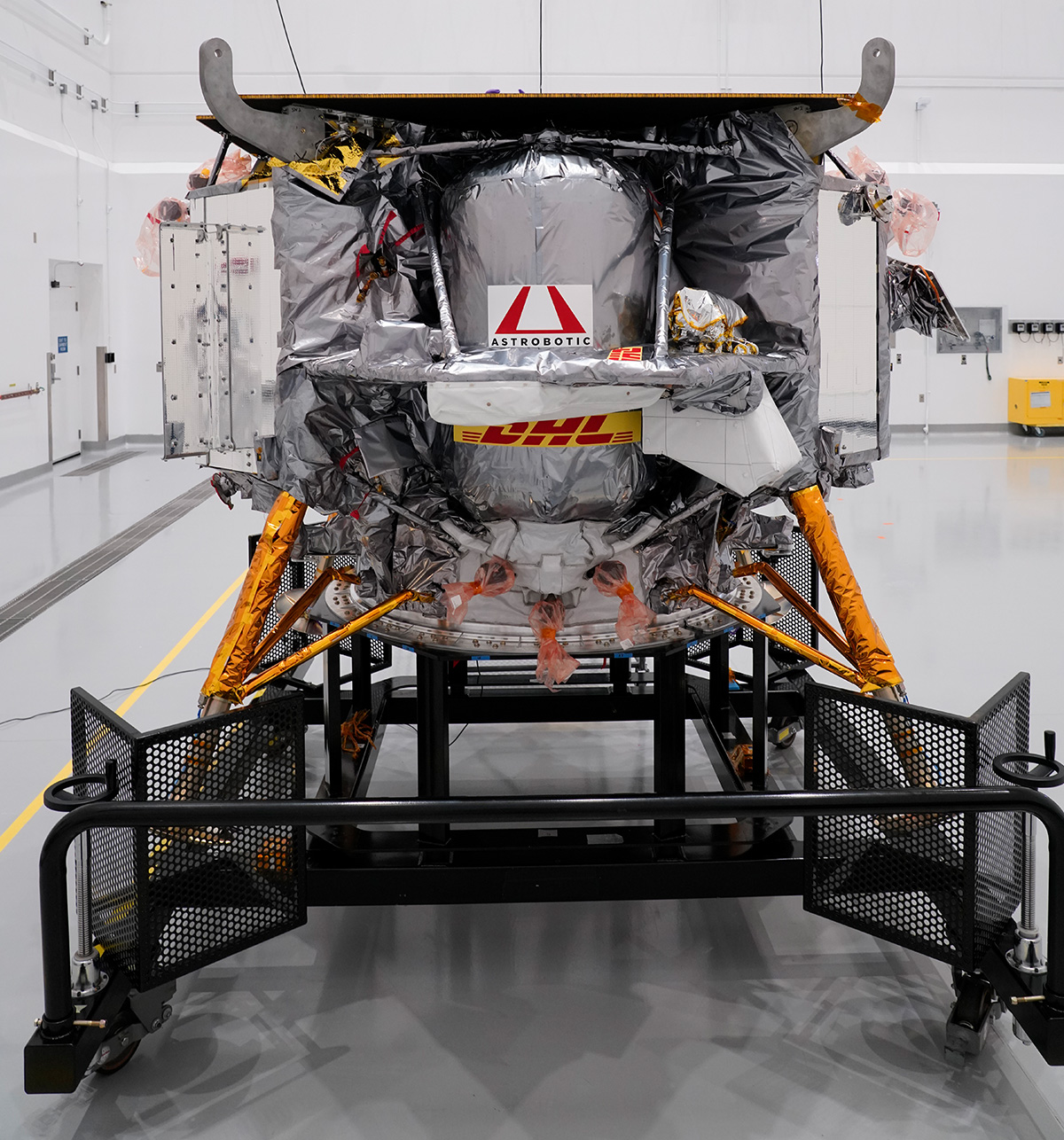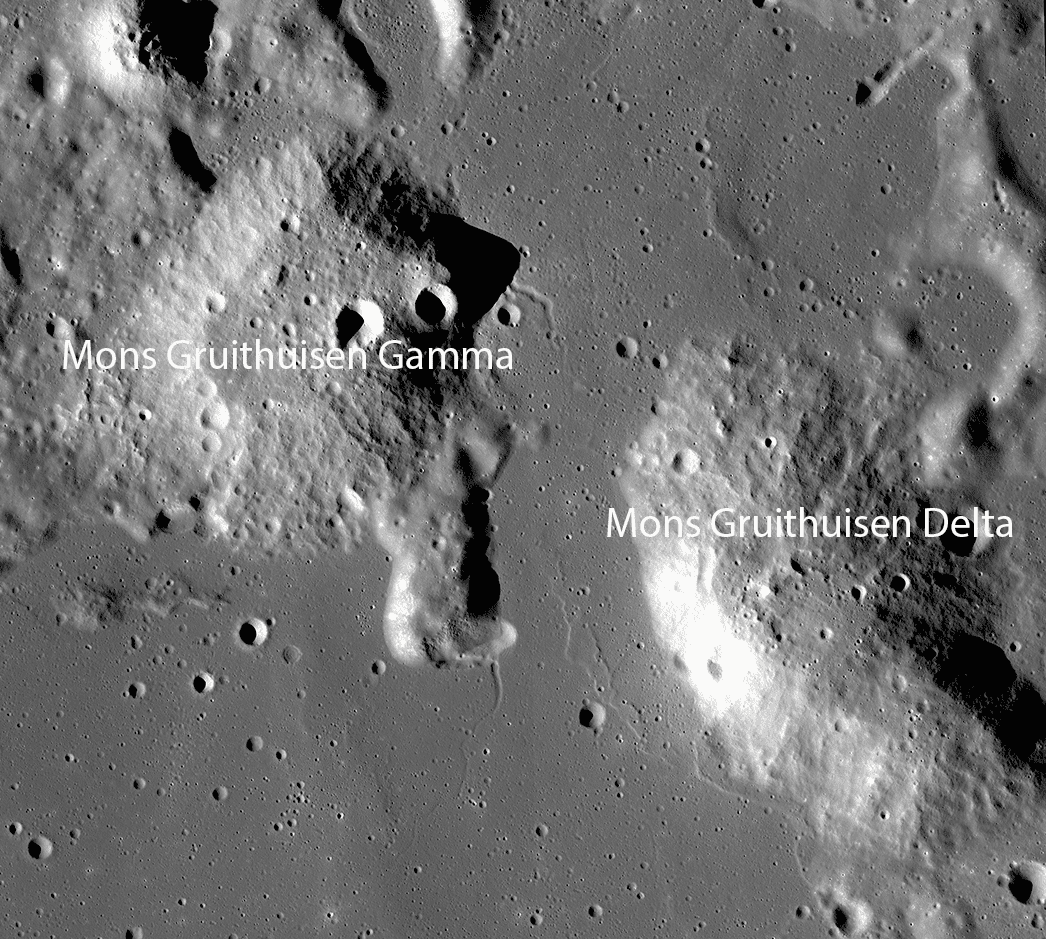The Peregrine spacecraft created by Astrobotic was successfully transported to Cape Canaveral. In the coming weeks, experts will prepare it for the upcoming flight to the Moon.
Peregrine technical design
A few years ago, NASA initiated the CLPS program. Its main task is to attract commercial firms to the development of the Moon. One of the first contracts under the program, in the amount of 79.5 million dollars, went to Astrobotic. For this money, it pledged to deliver up to 14 payloads provided by NASA to the moon.

To solve this problem, Astrobotic has created a lander called Peregrine. Its height is 1.9 m, width — 2.5 m, weight (including fuel) — 1280 kg. It is equipped with five engines designed to perform maneuvers in interplanetary space and make a soft landing on the lunar surface. The spacecraft has many ports to put various scientific equipment. In total, Peregrine can carry a payload weighing up to 265 kg.
According to the manifest, 21 payloads will be placed on board the Peregrine. Six of them are provided by NASA. These are several spectrometers, a lidar and a laser reflectometer. The rest of the payloads are provided by various private customers. They include various instruments, a micro-rover, and several souvenirs, including a memorial plaque and a coin on which one bitcoin is “loaded”.
Peregrine Launch Date
Peregrine will be launched to the moon by a Vulcan rocket. This mission will be the debut for the rocket. The ballistic window for the flight to the Moon will be open from December 24 to December 26. If there are no postponements, Peregrine will become the first American private spacecraft to be launched to the moon. Otherwise, this achievement will go to Intuitive Machines. The launch of its lunar vehicle is scheduled for January 12, 2024.

If all goes well, Peregrine will have to land near the Gruithuisen Domes, located on the northeastern edge of the Oceanus Procellarum. These formations are ancient volcanic formations. The spacecraft is designed to work on the lunar surface for ten days.
According to https://spacenews.com
Follow us on Twitter to get the most interesting space news in time
https://twitter.com/ust_magazine
